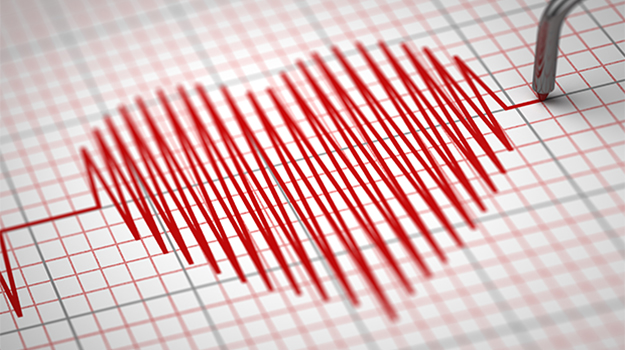Who Can Bring the Most Joy?

Who can bring the most joy? This idea drove our fellows' secret holiday gift exchange several weeks ago to welcome the New Year. 2020 changed every norm we previously knew – social interactions, professional meetings, patient care – even the notion of "well-being" changed. COVID-19 redefined it for us, with so much of our energy spent on just "being." Forget "well," we need to survive. Since March 2020, we woke up every morning with the hope to exist, to make it through the shift, to stay healthy and alive each week, to breathe through the months, to reunite with our families when COVID-19 cases slowed, and to be ourselves again one day. How did we get through these grueling days? Survival came in different forms: advocacy, camaraderie, mental health, physical exercise. The most poignant moment during the pandemic came in the collective scream for personal protective equipment. We demanded our voices be heard, feeling at times like we were yelling into the darkness. We advocated for our profession and our safety. Camaraderie came through COVID-19 physician Facebook groups, supportive Twitter messages, and the ACC educational webinars, cross-institutional grand rounds, and a new fellowship program directors email group. Critical care and cardiology societies expedited treatment algorithms and medical updates which were shared widely. We were engrossed in scientific and societal updates by the minute. Mental health took the forefront with hospitals creating respites on site, training programs dedicating personnel to address immediate needs, and hotlines made by physicians for physicians to call 24/7 for support. Many of us explored physical outlets of virtual aerobics, personal trainers or dance classes. Endorphins flowed at work and at home. We did it all to survive. After so much energy expended in 2020, where do we go from here for 2021?

Optimism. The cardiovascular literature supports a connection between a positive attitude and cardiac health benefits. There are similar findings between physician well-being and mindfulness meditation, focusing on being present in the moment. As early career cardiologists, we are uniquely situated spanning the transitional years from fellowship to senior faculty. We have made it through the challenges of training. We understand the value of being optimistic, practicing wellness ourselves and being present. This comes not only in action but also in our state of mind. Looking ahead, we will welcome the responsibility to mirror it for our peers. When recapping the past, we will focus on the fact that in this year, we grew as colleagues. We will recount our fellowship days but focus on acknowledging the reality that cardiology programs have forever changed. We will find and emphasize the benefits. We will probe our mentors, both for gory details of the chaos ensued in their darkest days and actionable next steps for future-minded career development. We will reflect on the survival techniques of advocacy, camaraderie, mental health and physical exercise over the last year and keep only the elements that strengthened us. With the rollout of the COVID-19 vaccine, we can be optimistic about our safety. We can remain hopeful about its impact on our communities. We can achieve work-life balance again. Our agency will bring the most joy. Positivity is critically important as we recover from the COVID chaos of 2020. As physicians, we rose as a community in the hospital and over video. Now we march forward into 2021 with relentless optimism that “well” and “being” will co-exist again in each of us.
